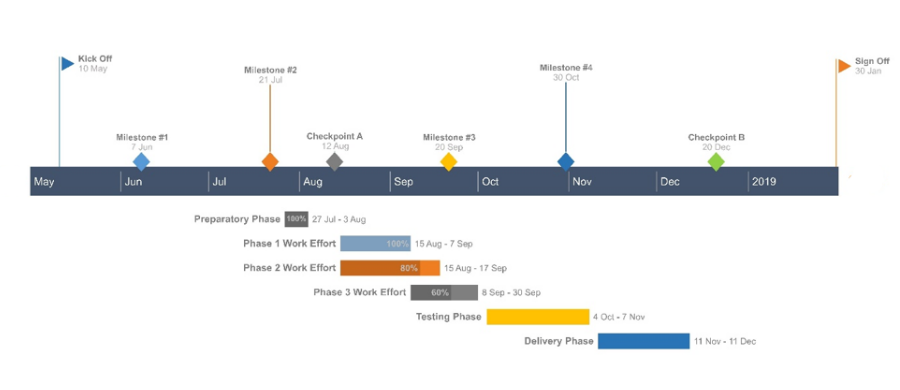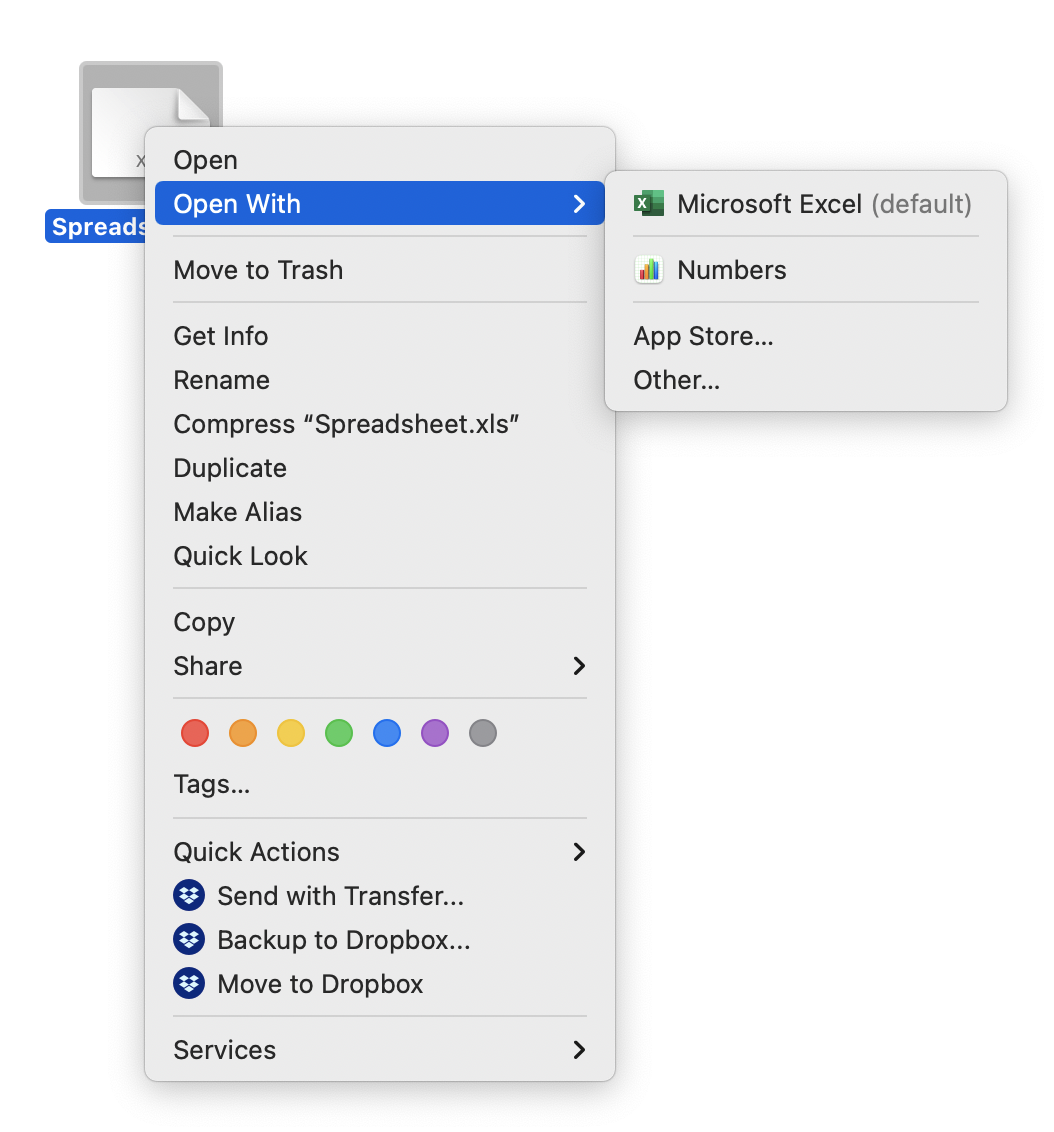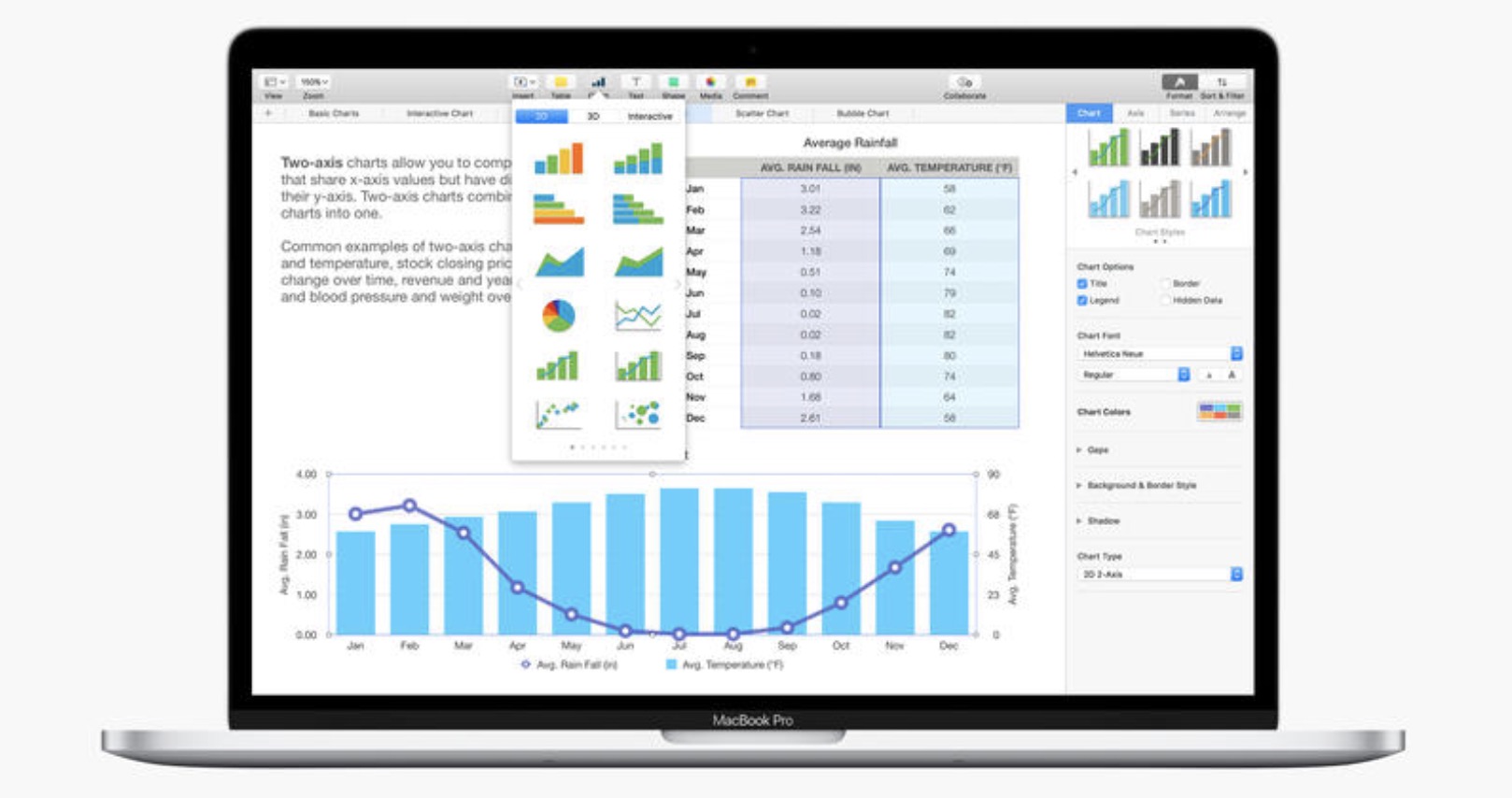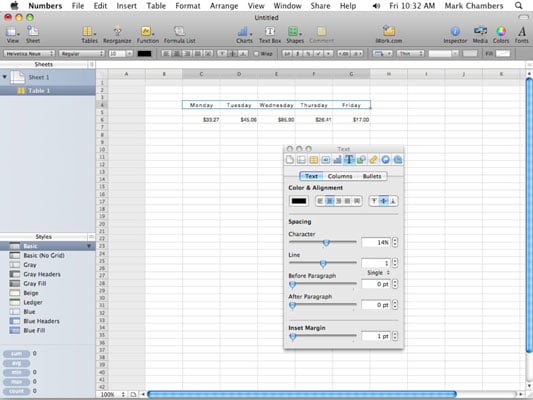

- MEDIA BUTTON NUMBERS FOR MAC 1080P
- MEDIA BUTTON NUMBERS FOR MAC ANDROID
- MEDIA BUTTON NUMBERS FOR MAC PASSWORD
- MEDIA BUTTON NUMBERS FOR MAC TV
- MEDIA BUTTON NUMBERS FOR MAC MAC
Both have TV volume, power, and mute controls, and they use an RF signal to communicate without line-of-sight to the streaming player.
MEDIA BUTTON NUMBERS FOR MAC 1080P
Roku Express+ and Streaming Stick+ Jared Newman / TechHiveįor a mere $10 more than the Roku Express or Roku Premiere, you can get a vastly superior remote with either a 1080p streaming player (the $40 Express+) or a 4K player (the $50 Streaming Stick+). Objectively, though, the Apple TV remote has one major flaw: Its ultra-slim design allows it to slip between the couch cushions on the regular.
MEDIA BUTTON NUMBERS FOR MAC PASSWORD
Swiping around with your thumb is admittedly not great for precise input, but it’s fantastic for whizzing through menus, and it’s still the only remote that lets you fill out password fields by voice. You either love or hate the Apple TV’s trackpad based remote control, so although I fall into the former camp, I’m obligated to put it in a neutral spot on this list. Apple TV and Apple TV 4K Jared Newman / TechHive
MEDIA BUTTON NUMBERS FOR MAC ANDROID
While it’s not the best remote overall, it does make me wonder what Google could accomplish if it built an Android TV device with YouTube TV as the focal point. Also confusing: the remote has separate voice control buttons for Google Assistant and the Sling app. The AirTV Mini remote provides exactly that, with the caveat that its functions only work with Sling TV. That means including dedicated guide and recall buttons that work with live TV streaming services. In talking to readers, I know a desire exists for streaming remotes that more closely resemble what people had with cable. Xiaomi phoned it in on this remote, much as it did on the Mi Box S itself.

The remote doesn’t include an infrared emitter either, so the volume buttons can’t directly control the television’s output, and the “Live” button is of dubious utility given the sorry state of Android TV’s Live Channels app. But when you pick it up, the plastic enclosure feels light and cheap, and the center positioning of the Android back button leads to a lot of mistaken presses. Xiaomi Mi Box S Jared Newman / IDGįrom afar, the Xiaomi Mi Box S remote looks fine. This is akin to hand-grinding a beef patty of prime rib and brisket with a perfect 80/20 meat-to-fat ratio, only to stick it between two slices of white bread.

Unlike other Roku players, the remotes for the $30 Express and $40 Premiere have no buttons for TV volume or power, nor do they offer voice control, and their use of IR means they sometimes fail to pick up every button press. In its zeal to hit lower price points than Amazon’s Fire TV Stick and Fire TV Stick 4K, Roku made the grave mistake of cheaping out on the remotes. Roku Express and Premiere Jared Newman / IDG Chromecast aside, it’s the worst of the worst. This basic remote has cheap plastic buttons, a directional pad that’s too flat, and it offers no way to control your television’s volume or power. Some international markets aren’t so lucky. In the United States, Amazon has phased out its first-generation Fire TV Stick remote in favor of one with Alexa controls and dedicated TV volume and power buttons. In fairness, Chromecast’s big idea of using your phone or tablet to launch videos on the television is pretty neat, but it’s better as a supplement than as the main way to control your television, especially since you still need to reach for a real remote to control your TV’s volume and power. The only thing worse than a bad remote is no remote. Consider this a connoisseur’s guide to the media streaming remote landscape, ranked from worst to best: 10.
MEDIA BUTTON NUMBERS FOR MAC MAC
Note: if you accidentally block a device that you wish to use on the network, you would need to remove the block either by using an alternative, attached device to change the settings on the above screen or by Resetting your Virgin Media Hub, which removes all MAC filters.Having reviewed pretty much every major streaming device that’s come out over the past few years, I have some opinions on this matter. For example, you may wish to block certain devices only during the weekends or perhaps on every weekday evening.

To give you additional control, options are provided to specify on which days and even at which times of day you would like the blocks to apply. You could then click the radio button next to the device in order to capture its MAC address, and then add a MAC filter for that address. If you can’t find the MAC address of the device you wish to block, one way to block that device is to connect it to the Super Hub (either via Ethernet cable or via WiFi) and then look for it in the Trusted Devices list. Devices that appear in the Attached Devices section are those that are allowed to access your network.


 0 kommentar(er)
0 kommentar(er)
